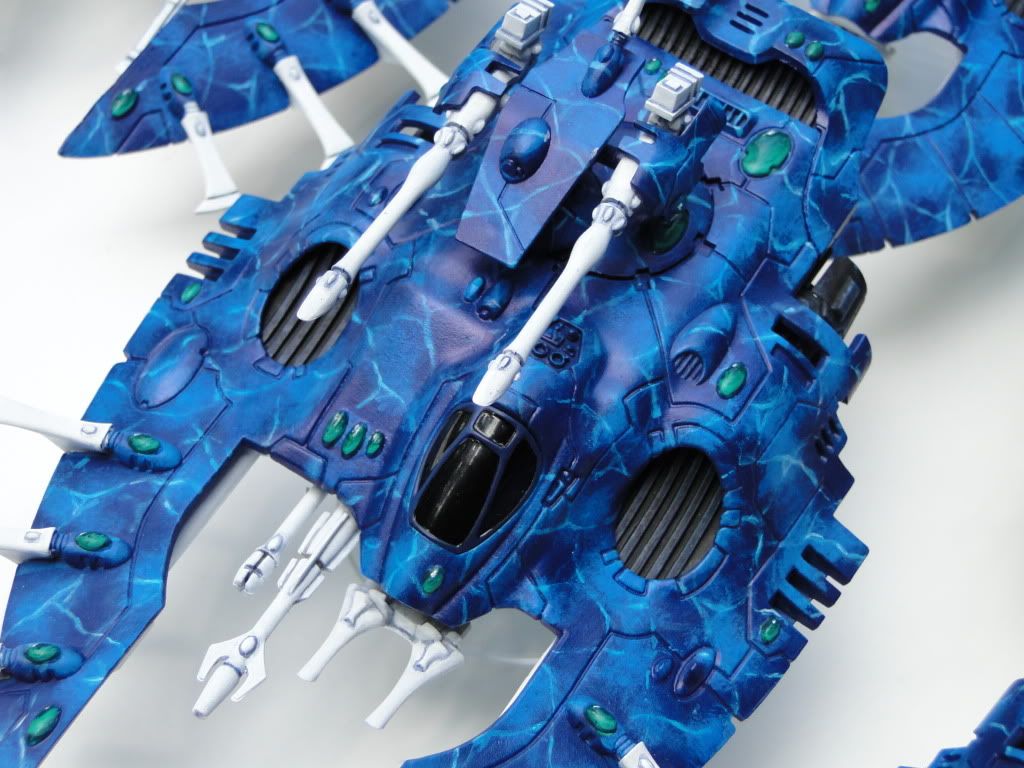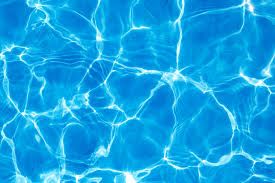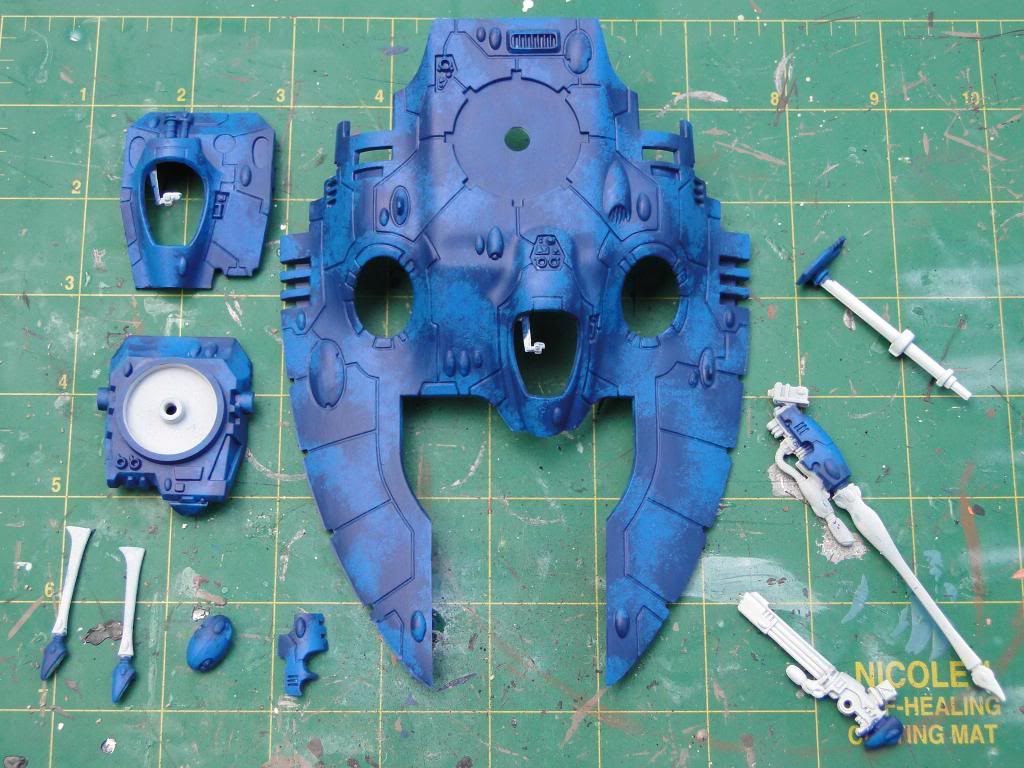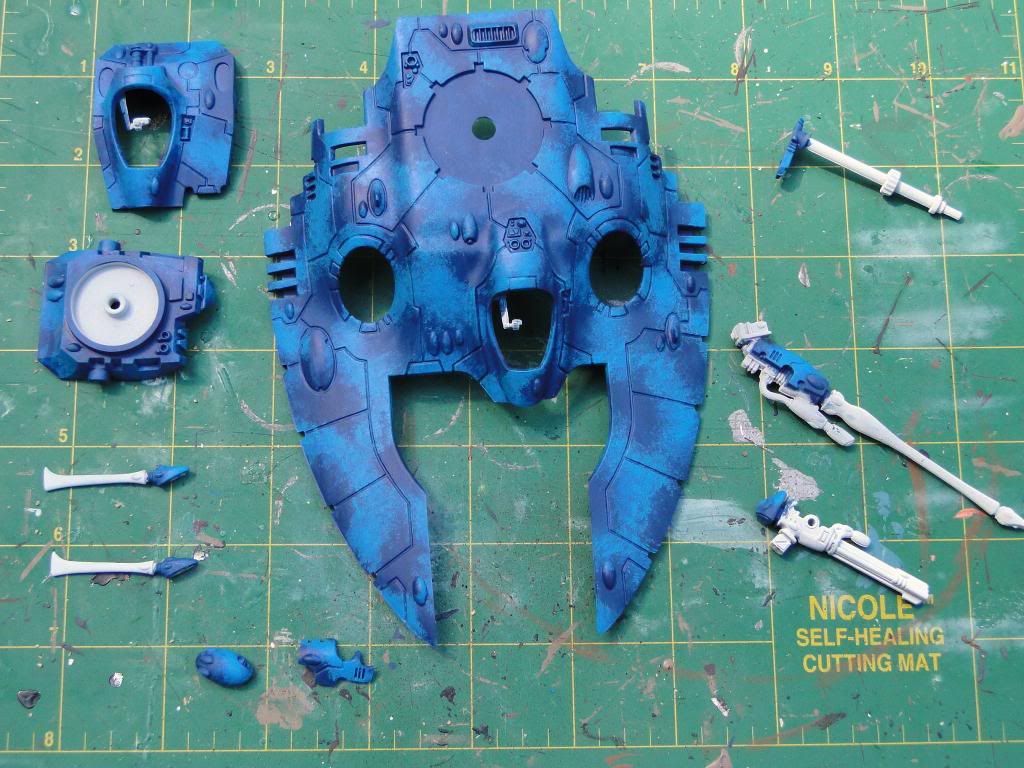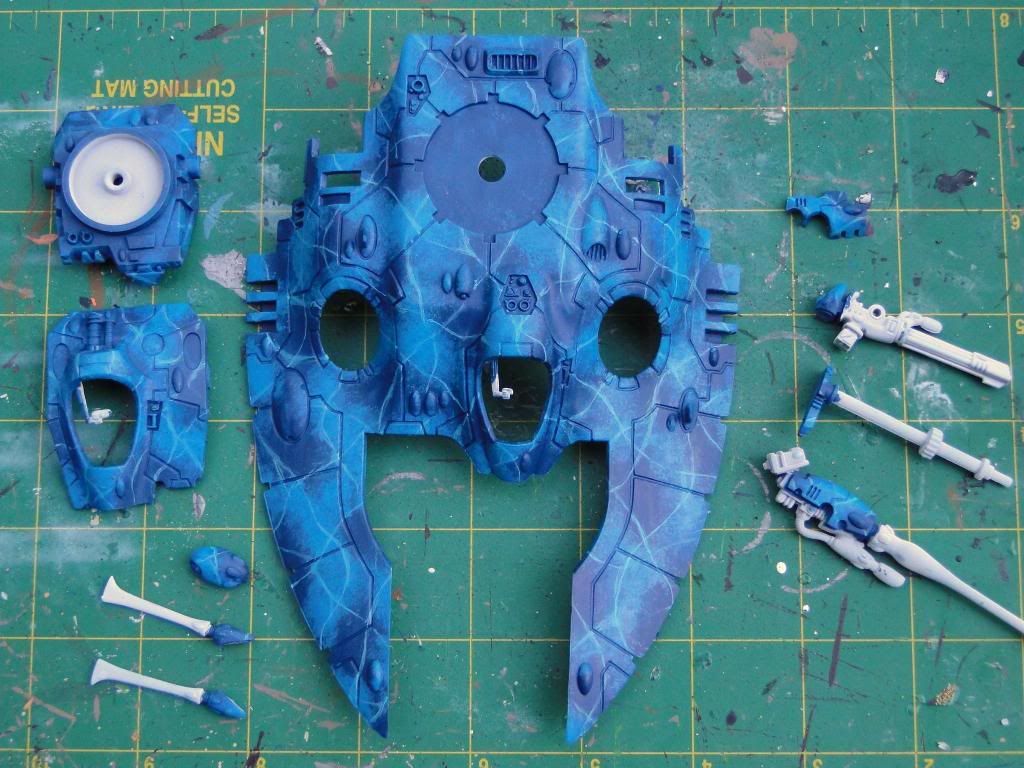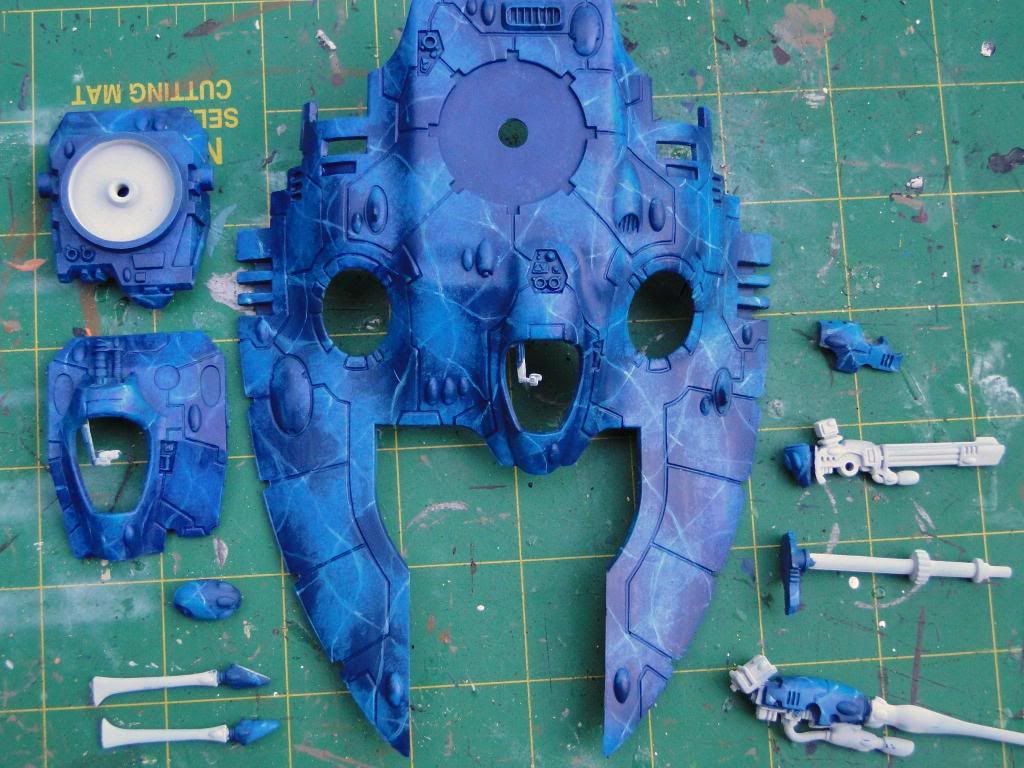Mospaeda Craftworld
A Warhammer 40K Eldar Blog
Do you like tube socks? I sure do! Eldar too. Join me and my spirit totem Apollo Creed as we discuss both in this very special blog.
Saturday, November 22, 2014
Wednesday, October 8, 2014
Rescue Dogs
One thing I love about GW games is the conversion and counts-as opportunities - it's great to see the creativity and imagination of other players. Years ago, a friend mentioned using Fire Prism turrets as Vyper stand-ins, adding Shuriken Cannons at the front to represent the turret and underslung weapon. I've always liked this idea and kept it filed away, then noticing that other players had had the same idea and came up with some very cool results. Blue Table Painting used them as Wave Serpent turrets in a recent army.
So when I saw these on Ebay for super cheap, I snatched them up.
A hot mess for sure, but someone put some love into these and tried to pull them off as Hornet conversions. Was obviously a learning project as the green-stuff is really sloppy and covered in finger prints. A noble attempt for sure and I think I can salvage what's left.
First thing I did was tear off the Dark Eldar wings and clean up the bottoms. There are star engines attached underneath that you can't see. I was thinking of using them as Wave Serpent turrets too but the added weight made the model tilt too far back, much like the old metal Fire Prisms, and I didn't want to fuss with weighting the Serpent's body forward to compensate. Plus, they just look so cool as Vypers.
Next was to glue on some Shuriken Cannons so they're WYSIWYG and I was surprised that I was able to keep them on straight. A coat of white primer on top and grey underneath and I was ready to rebuild them. Unfortunately, the original paint-job was grainy and thick but I think they are good enough for government work.
Here's what I have so far. Need to drag out my real camera next time as my phone's camera and the bright light really drowned out the painting.
So when I saw these on Ebay for super cheap, I snatched them up.
A hot mess for sure, but someone put some love into these and tried to pull them off as Hornet conversions. Was obviously a learning project as the green-stuff is really sloppy and covered in finger prints. A noble attempt for sure and I think I can salvage what's left.
First thing I did was tear off the Dark Eldar wings and clean up the bottoms. There are star engines attached underneath that you can't see. I was thinking of using them as Wave Serpent turrets too but the added weight made the model tilt too far back, much like the old metal Fire Prisms, and I didn't want to fuss with weighting the Serpent's body forward to compensate. Plus, they just look so cool as Vypers.
Next was to glue on some Shuriken Cannons so they're WYSIWYG and I was surprised that I was able to keep them on straight. A coat of white primer on top and grey underneath and I was ready to rebuild them. Unfortunately, the original paint-job was grainy and thick but I think they are good enough for government work.
Here's what I have so far. Need to drag out my real camera next time as my phone's camera and the bright light really drowned out the painting.
Need to finish the pilot and gems and then I think it will be good for now. Maybe I'll add a half-canopy from the Dark Eldar range but, as I tint the windshields of my other vehicles, it may look off.
Realized that I hate painting Scatter Lasers - the barrels are a pain to keep looking clean. I'm getting old and notice that my painting is getting sloppier. Oh well, as long as it looks good enough for game night I'm happy. Also realized that I ran out of black ink. Bought some P3 Armor Wash from Heroic Knight but the result was much duller than true GW ink. Think I have some brush-on varnish that will help - will probably give the model a coat of varnish then a coat of dull-coat - tape off the canopy to keep it shiny?
Wednesday, September 24, 2014
Apollo Creed's Pro Tips: Tinting Windshields
Apollo Creed says: "Tinting windsheilds is easy. Just apply a few coats of ink on both sides and allow to dry. Do it right the first time - ain't gonna be no rematch."
Wednesday, September 17, 2014
Painting Tutorial - Water Theme
Here is a technique I developed when I first started playing Warhammer 40K. I’d bought an Eldar Falcon and thought it would be cool to represent the Holo-Field with a pool water effect. This technique can also be used for lightning or warp effects.
Before you start, find yourself a reference picture. A simple Google search on "pool water" will yield a ton of stock photos. Spend some time looking at this – study the different colors throughout and note the different layers. There are areas of dark blue “deep water”, medium blues and “high water” areas of an almost icy blue. Over all of this is a thin web of reflecting water where the light hits the waves. To recreate this look, we’ll be using layers of progressively lighter blues and then smoothing the entire look down with an ink wash.
Tools
- · White Primer
- · Kantor Blue
- · Caledor Sky Blue
- · Lothern Blue
- · White Scar
- · Sky Blue Ink
- · Tank Brush
- · Dry Brush
- · Detail Brush
Step 1: Prime White
White primer yields brighter, more vibrant colors. Always use white for this effect.
Step 2: Basecoat the “Deep Water”
After watering down your Kantor Blue, apply two thin coats with your tank brush. Two thin coats are better than one thick as you want a clean, smooth surface and avoid any drops or chunks.
Step 3: Stipple the “Medium Water”
This next step involves a technique called stippling – or dabbing at your model with a dry brush that’s been lightly loaded with paint. This will ruin your brush over time as it causes the bristles to curl outward a bit.
After watering down your Caledor Sky slightly, dip your dry brush lightly. Run it over a paper towel to remove some of the paint, leaving a little more than you normally would if you were dry brushing. Dab the brush onto your model lightly – just enough so that the bristles bend slightly. Repeat in a giraffe-like pattern, leaving oval and circular shapes of deep water.
Step 4: Stipple the “High Water”
Next, prepare a mix of 50% Caledor Sky and 50% Lothern Blue. Follow the same technique and idea as the Medium Water, but don’t just stipple in the center of the Medium Water areas. Shake it up a bit. It’s okay if you have an area of Medium Water, then High Water, then Deep Water as it shows were the water crests and then dips down sharply. Use your pool water picture for reference.
Step 5: Paint the “Crests”
This next step takes a steady hand. Grab your detail brush and water down your Lothern Blue. Using a very light touch, paint on the “web” of reflective light across your pattern. Again, do not just follow the center of the Medium and High Water areas – these can cross all over your model.
The pattern is similar to the giraffe – roughly oval shapes connected to each other – but you can add thin connecting lines in between and some that trail off into nothing. Smear some areas with your finger as you paint to help smooth transitions while leaving others relatively sharp.
Don’t get discouraged if your lines turn out too thick. You can paint them thinner with one of your other mixes.
Step 6: Highlight with White Scar
In this step, take a little white and apply it to the crests sparingly where the lines intersect. This will help accentuate them more and bring more depth. You don’t have to do every intersection and can even do a few mid-line if you please.
Step 7: Ink Wash
This is one of the most satisfying steps, the ink really smooths out the colors and causes the model to pop. Fill a small bowl or glass of water. Taking your tank brush, first dip the end in the Sky Blue ink and then into the water. You can touch it to your paper towel if needed if you think you’re loaded it too much. Then brush onto your model.
If your ink was too strong/dark, you can go back with your detail brush and pick out the crests and peaks with your Lothern Blue and White Scar until you're happy.
And there you have it! You could experiment with green, red or even purple. The key is a light touch with the detail brush and taking your time. Don't be afraid to smear out lines with your finger if they go on too thick.
Subscribe to:
Posts (Atom)
.JPG)
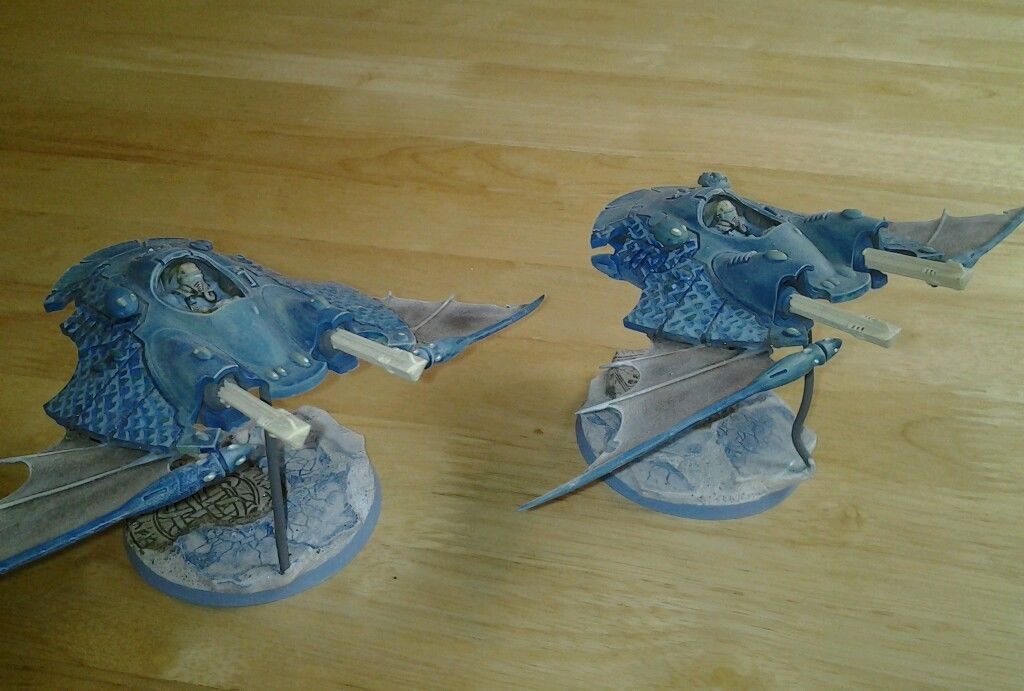
.JPG)
.JPG)

